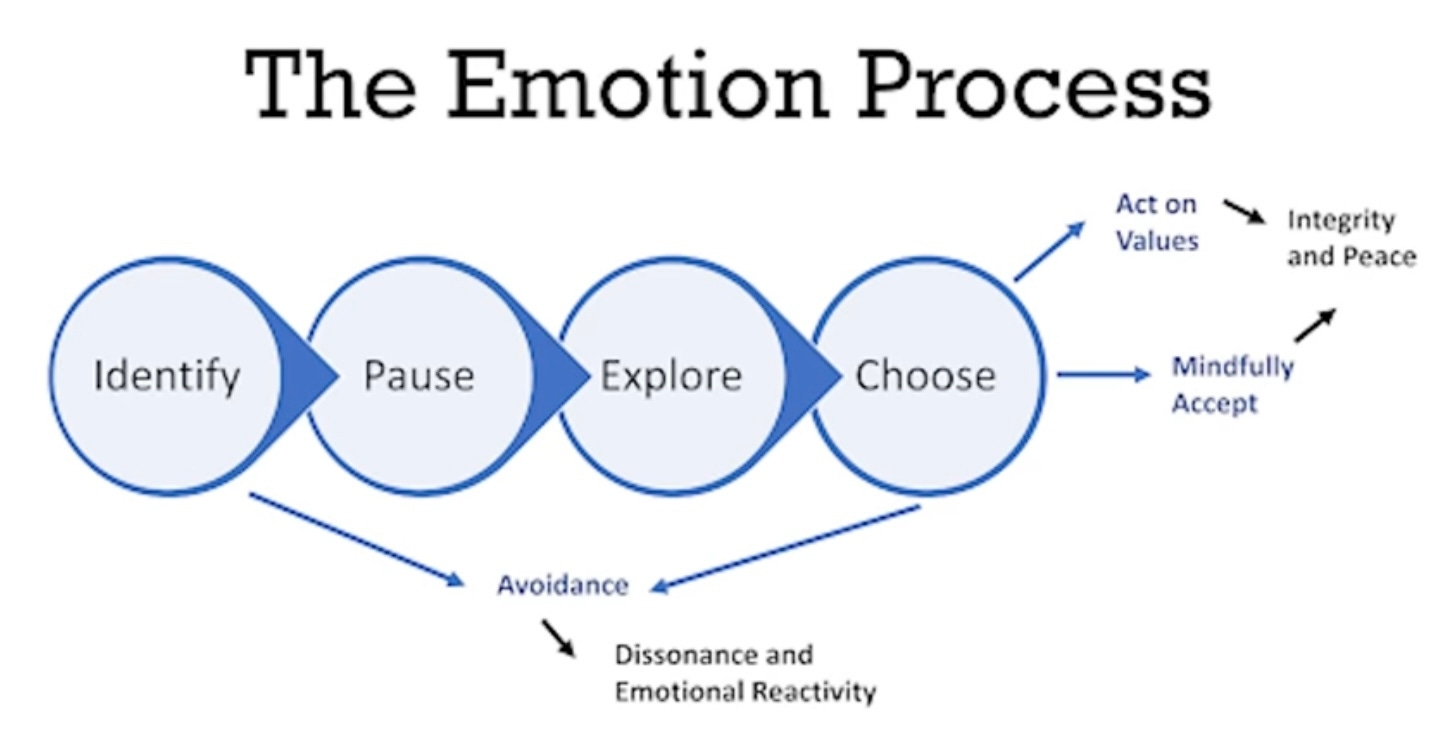CATCH UP ON PART I, PART II, PART III, PART IV, PART V
In this six-part series, I have covered everything from your nervous system to your philosophy and everything in between.
In this substack, I will wrap it all up by giving you two tangible tools that will set you on the right track towards feeling good and living a good life.
16. Live a life based on your values
A life inspired by what you value is a life worth living. Find out what you value most in life: Who do you want to be? What kind of life do you want to lead? Then decide on the small steps you will take in that direction. Your sense of integrity will flourish once your actions are inline with your values. Keeping the promises you make to yourself is the best route to self-respect and feeling good.
Values are different from goals. Values provide a direction for your life’s journey, whereas goals are possible stopovers on your route.
For example, you may value curiosity and have a love for learning. Taking a course in astronomy is a possible goal in line with your value. Whether you achieve it or not, is not the end of the road. What drives you is what you want to learn next?
Values are internal states of being. Goals are a desired end that are influenced by external factors.
Try this exercise provided by Therapy in a Nutshell. Watch this video and download the Clarify Your Values Workbook.
17. Practice Willingness
Willingness comes from Commitment and Acceptance Therapy.
Willingness is accepting that uncomfortable sensations, feelings and thoughts are part of life. They come hand in hand with uplifting sensations, feelings and thoughts.
The key is to stop fighting them, repressing them, suppressing them, avoiding them and running away from them. If you do, they will build up in your body and they will pop up in different forms (physical and mental illness, addictions, maladaptive behaviours…). Ultimately, avoiding uncomfortable emotions ends up shrinking and shrinking and shrinking the sphere of your life.
Uncomfortable sensations are like a nagging child. They will keep on nagging you until you notice them and acknowledge them. So notice and acknowledge your sensations, feelings and thoughts. Make space for them and allow them to be. Get curious. Observe them mindfully. Describe them nonjudgmentally. Sit with them compassionately. Stay in the moment and tell yourself it’s ok to have uncomfortable sensations and you are going to be ok.
Imagine shaking a snow globe vigorously. All the snow will move erratically, in a state of chaos, right? Let it sit. What happens? The snow will slowly but surely settle down.
Likewise, when you sit with uncomfortable sensations that may be creating havoc in your body, they eventually settle down. They pass through you like passing clouds in the sky.
So let them come and let them go.
Then direct your attention towards your values and what you want to do with your life.
Consider watching this video explaining the skill of willingness.
And maybe learn the 5 steps to process your emotions by Emma McAdam
Identify: Notice & name
Pause: Practice willingness
Explore your thoughts (challenge cognitive distortions- see Exercise #6)
Choose what’s in your locus of control & what’s inline with your values
Accept or act
You can download the Five steps 1-page guide here
Source: Therapy in Nutshell by Emma McAdam
If you are keen to develop your emotional literacy skills further, try this FREE Video Series (33 short videos): How to Process Your Emotions.
“The good life is a process, not a state of being. It is a direction not a destination” -Carl Rogers
My mission is to help improve the health and wellbeing of people around the world. Please help me mobilise humanity towards personal agency by sharing my work.
DISCLAIMER: I take no commission from any of the above programs. I am sharing them because I have personally tried them and found them beneficial and I am hoping you would benefit from them too.
DISCLAIMER: All information provided by Abir Ballan is solely intended for educational purposes and is not a substitute for expert advice, diagnosis, or treatment regarding medical or mental health conditions. Always consult your physician before making any decisions related to your physical or mental health.
ABOUT THE AUTHOR
Abir Ballan is a Health Coach and a certified NLP and Time Line Therapy Practitioner. She has a Masters in Public Health, a Graduate Degree in Special Needs Education and a BA in Psychology. She is a children’s author with 27 published books.





Very good, Abir. not exactly the same, but similar-I try to practice the Serenity Prayer.
God, grant me the serenity to accept the things I cannot change, the courage to change the things I can, and the wisdom to know the difference.